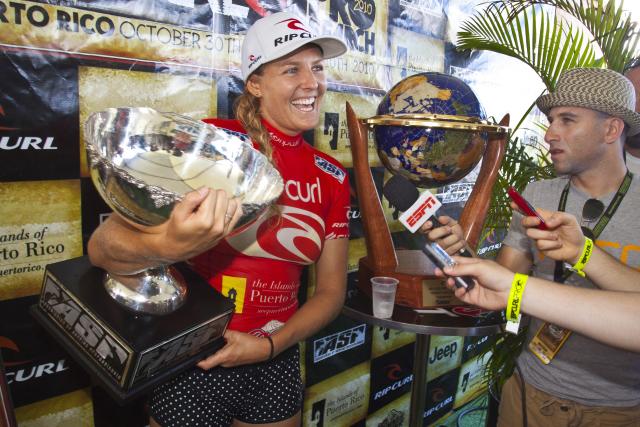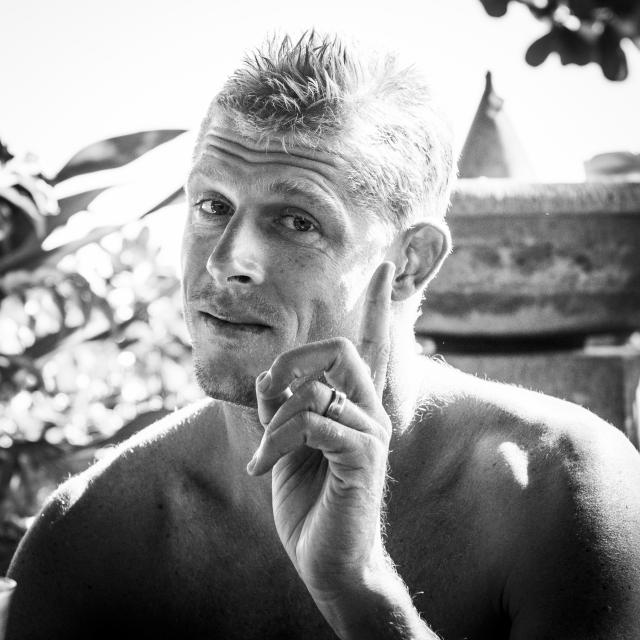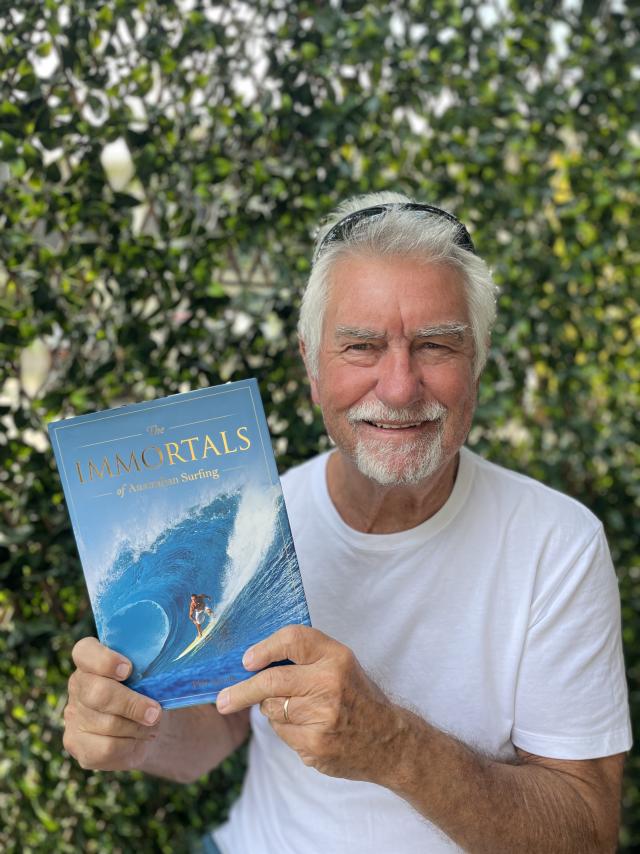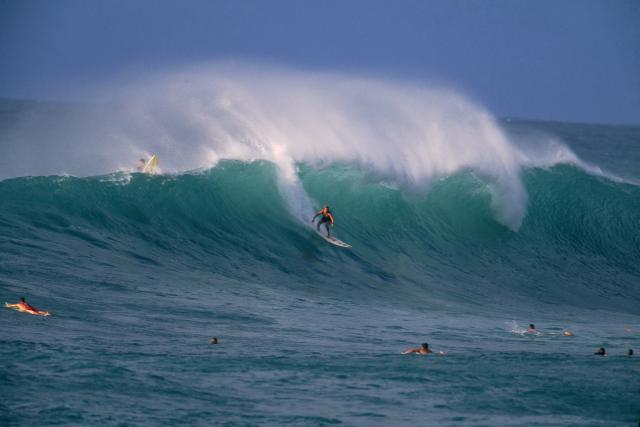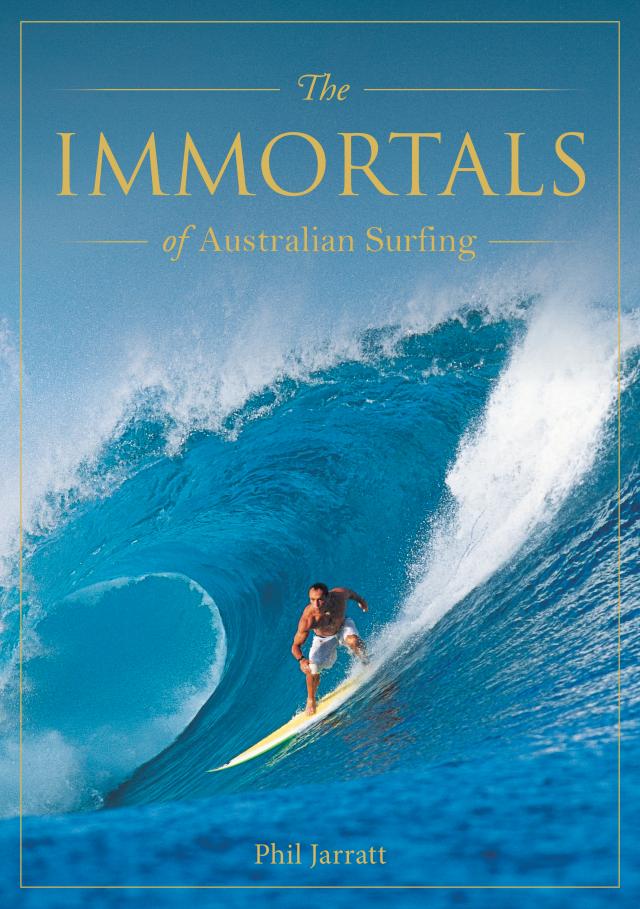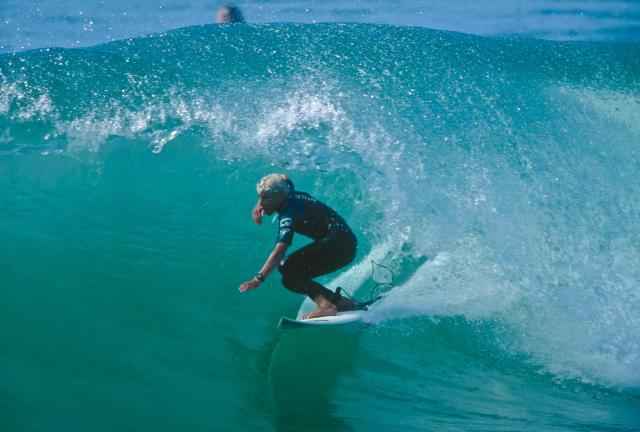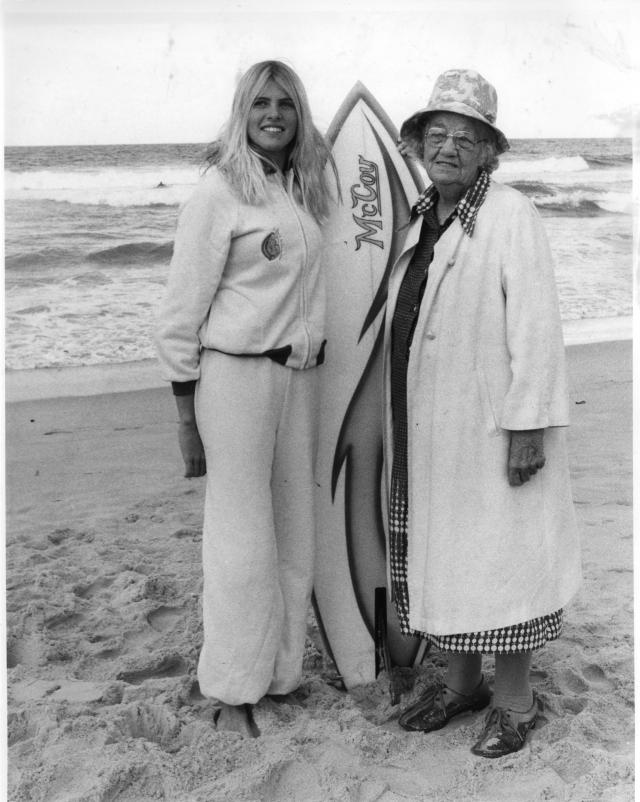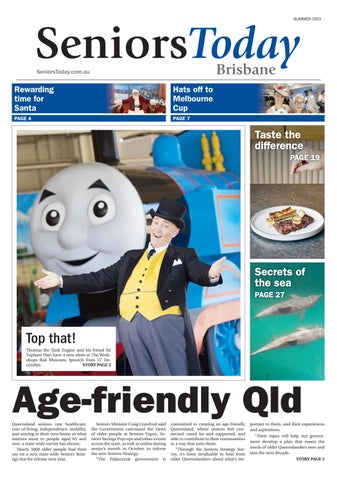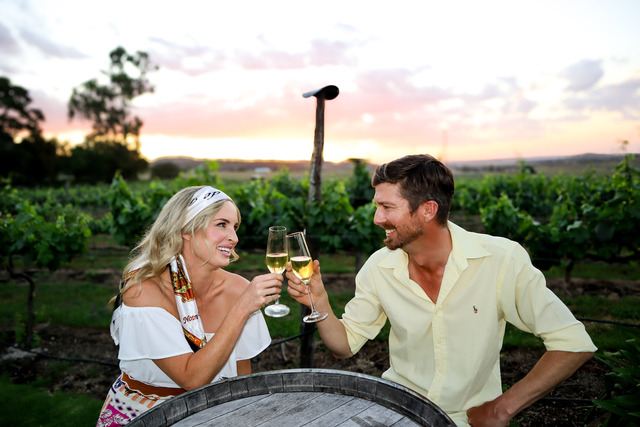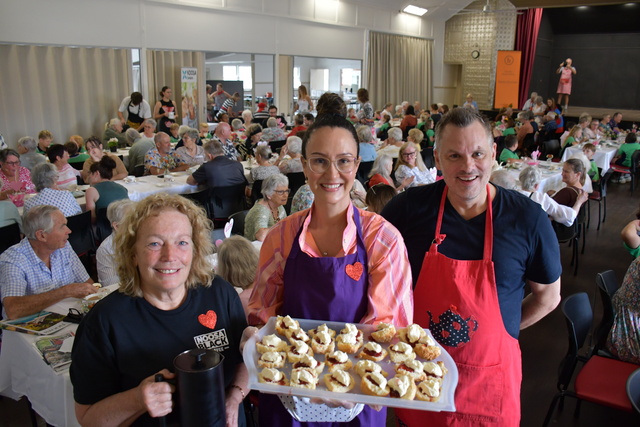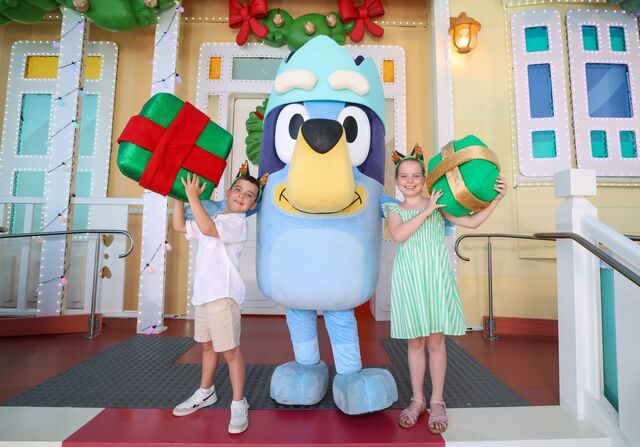Noosa Today’s Phil Jarratt said he would get me fired unless I wrote a story on his millionth book about surfing, The Immortals of Australian Surfing, so here we go.
That’s great clickbait but in reality, he never told us he had a new book launching and reluctantly agreed to an interview after I spotted an email from a publicist.
“I might consent to an interview,” the journalist, author, publisher, and filmmaker with more than 50 years’ experience said.
I guess I owe him a bit of love after posting his opinion pieces on the Noosa Today Facebook page. The man sure does know how to keep the people talking! He’s now ready to cop a few more punches from those who didn’t make the cut in his latest release, celebrating Australia’s greatest ever boardriders.
I may poke fun at him for not being able to turn his neck after endless hours paddling, but ever since reading his Life of Brine column when I was hired at Noosa Today five years ago, I’ve been wondering, ‘How do I get that job where you get to write from beaches around the world?’
Little did I know, he was the editor of Tracks magazine at just 21-years-old, has written more than 40 books, and has received the Australian Surfing Hall of Fame Media Award five times.
Phil was also once the editor of Playboy magazine in Australia, which he refuses to delve into, but it’s no wonder he was keen to head to the unofficial nude beach at Noosa’s A-Bay for a story after police made it a priority to hand out fines.
“Free the nipple,” he chanted. (Unlike his latest book, that quote is fiction.)
Back to surfing, why does Phil get to choose Australia’s Top 12 riders?
“Luck of the draw, old sport, but as a lifelong surfer and archivist, historian and documentarian of it for more than 50 years, hopefully I bring some degree of perspective to the job at hand,” Phil writes in the book.
“I’ve been dedicated to surf ever since I could stand up on a surfboard, but other things always got in the way, like work and family,” he laughed.
“I was never a good enough surfer to make it my living. So I had to find other ways to make surfing central to my life.
“I became a copy boy at a newspaper and I was granted a cadetship. I tried to juggle going to university at night and working for the paper by day but it just wasn’t working because there was no time to surf. I had to bail out on something, so I bailed out on the university course. I was a uni drop-out and from there, I kind of stumbled from newspaper journalism to surf journalism.“
At that stage, surf journalism didn’t really exist apart from a few magazines that were gaining hype.
“I lied about my age to get the gig at Tracks and put it up two years,“ Phil said.
“I was a bit full of myself as a young man, not like the modest chap you talk to today. I kind of went out on a limb often, my opinions weren’t always what everybody thought.
“It got me into strife now and again.
“But it also helped make Tracks a controversial and well-read magazine. It soon became the leading surf magazine in the country. That was good for me.”
Humble in his ripe old age, he told me to just look at the pictures in the book, but along with those images of attractive surfers, the words kept me flipping the pages.
Growing up in Kingscliff on the Tweed Coast, I knew that everyone wanted to be Mick Fanning or Steph Gilmore, especially since her mum, Mrs Gilmore, was a teacher aide at my primary school.
Who knew 20 years later, Phil would be adding them to the list of the best of the best from over 50 years of the local scene and world tour.
“It’s a good way to lose friends, writing this book,” he said.
“When the publisher told me it had to be just 12 surfers, I soon realised that I was going to have to leave out a whole lot of friends. Having written about surfing for over 50 years, I’ve known most of the people that feature in the book.”
Along with the modern era greats, the book includes pioneers Midget Farrelly, Nat Young and Layne Beachley, and the world champs of the ’70s and ’80s such as Mark Richards, Tom Carroll and Pam Burridge.
It’s not all waves and sunshine for these athletes, with many of them having experienced life-altering tragedies.
From rape, fatal car crashes, suicide, sexism, drug addiction, and that shark-attack seen worldwide, they’ve overcome a lot to be the immortals.
“In some cases, really good surfers have come out of broken homes, and tragic childhood circumstances. Because I suppose they could escape those realities by going to the beach and making that their home away from home,” Phil said.
“Alongside my wife Jackie, I dedicate the book to a guy called Bobby Brown. There were a few other good surfers where I grew up, but he was by far the best. He was my first major inspiration who I was in the water with. He died at 21 when he got glassed in a pub brawl. It was terrible.”
There are more men than women in this book because it’s a fact of surfing history that gender equality didn’t always exist, Phil writes in the introduction.
“Four women just stood out head and shoulders above the others and there was no argument about who would go into the book,“ he said.
“The four of them have been incredible performers, champions, and influencers for a whole generation of girls who have gotten into surfing because they’ve seen these iconic women leading the way.
“Obviously part of that is the sexism that dominated for decades. It’s a shame but that’s the way history was. I think the balance in the book is right for now.
But in 10 years’ time, it would definitely be six-six. We’ve already got three girls who qualified in Brazil last week for the world tour.”
What does he have to say to those who didn’t make the book?
“Try harder,” he joked. “No, sorry.”
The Immortals of Australian Surfing by Phil Jarratt (Gelding Street Press $39.99) is available at Big W and all good bookstores.
The Noosa book launch will be a Footpath Fiesta at Annie’s Books on Peregian, from 6pm on 7 December. There will be wine and cheese, and live music from Aido of the SandfFlys. Visit anniesbooks.com.au

